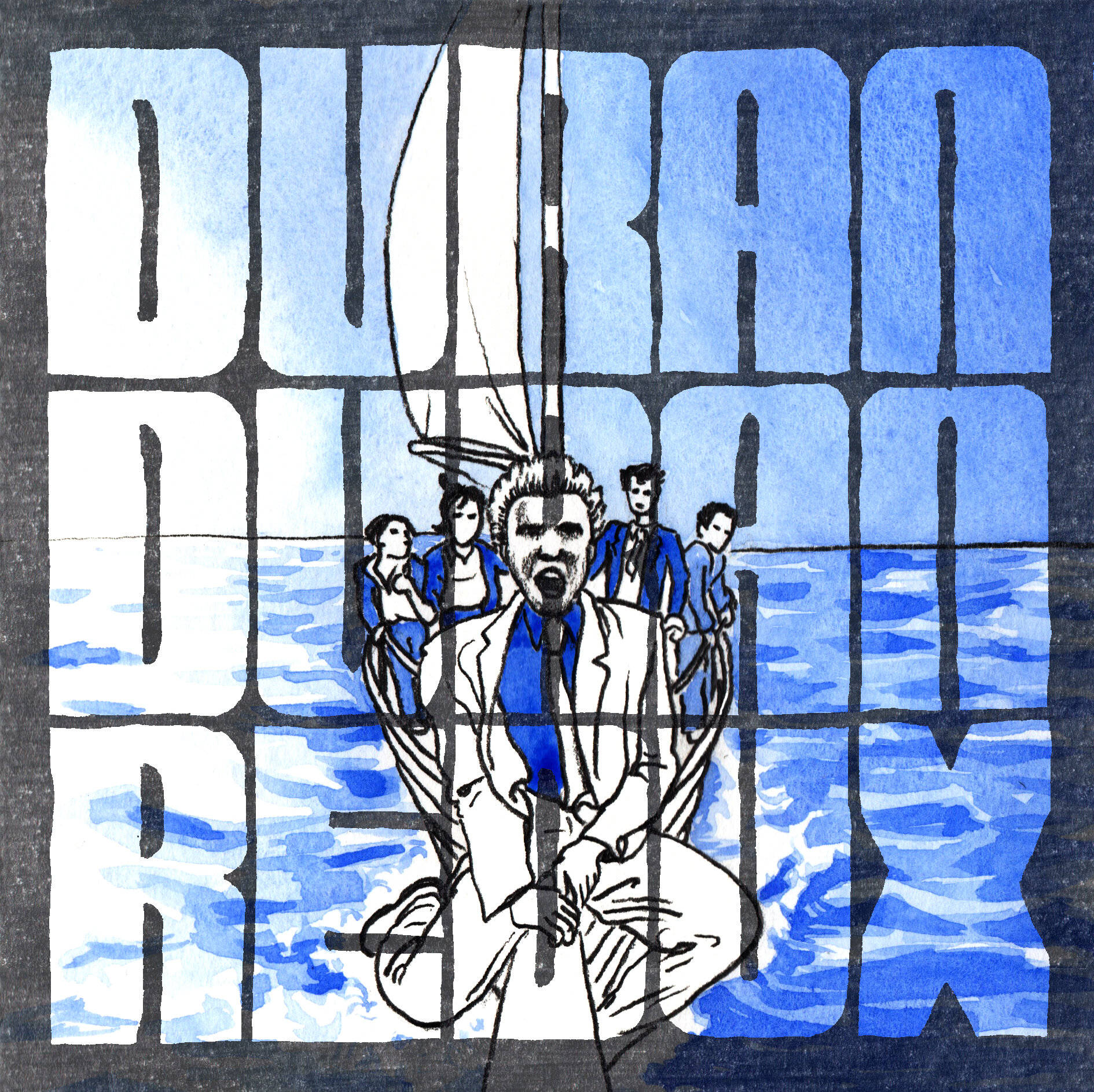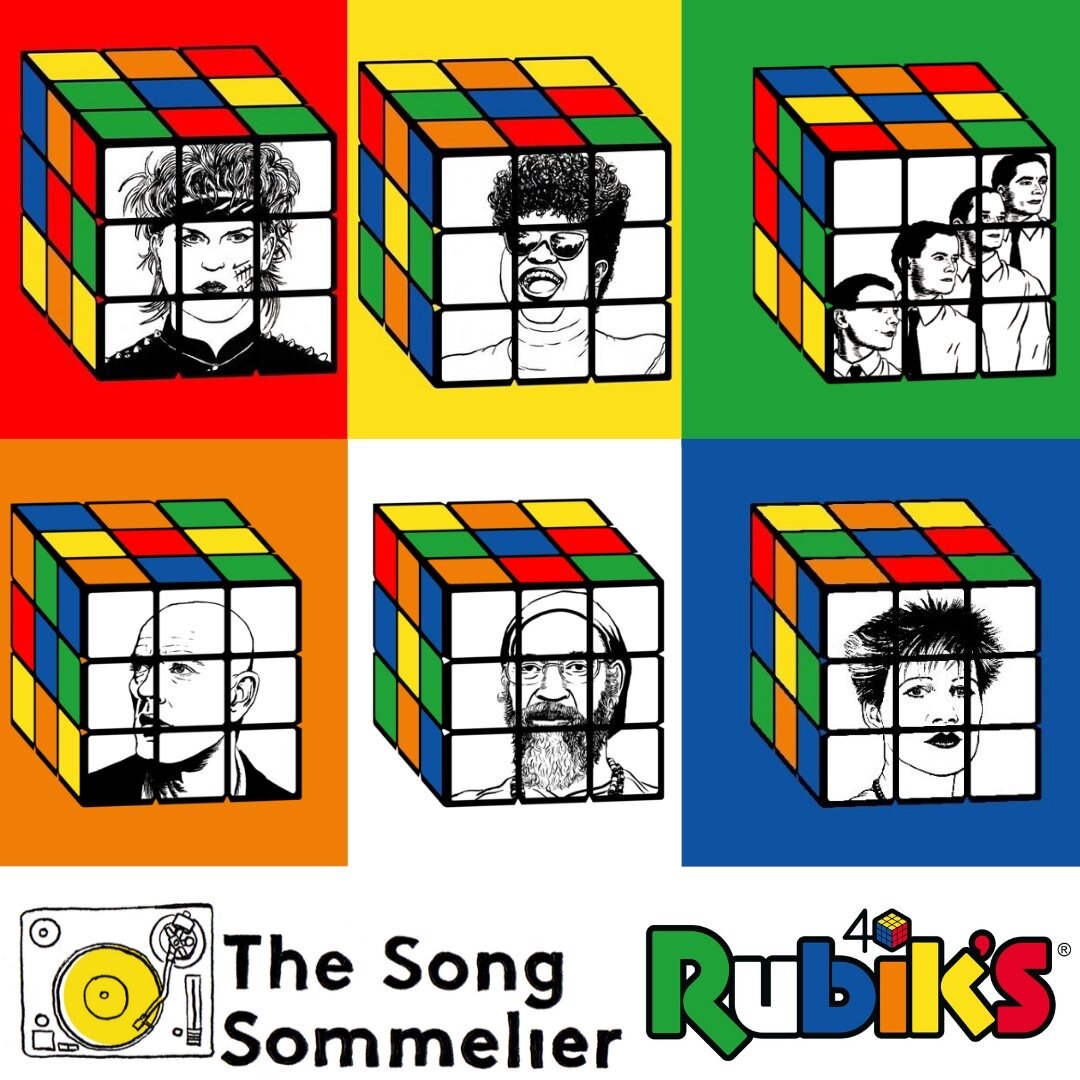The late Stephen Sondheim once said that writing a hit musical was a wonderful thing, but provided no insight as to how to write another one. The same might apply to a hit song. Songcraft remains at the heart of success for music artists in every way - critical, commercial, self-actual - the song is the ultimate unit of currency. The Art of Longevity podcast is now four short seasons in (27 episodes) and I’m still discovering more ‘secrets to success’ in the music industry long game, so much of which revolves around songs. It was fascinating (and disconcerting) to hear about how Roland Orzabal and Curt Smith of Tears For Fears were locked in a songwriting camp with an elite group of those hitmaker writers and producers in (fruitless) search of a hit single. The process went on for over a year, only for the band to abandon the project altogether. Instead, they started from scratch as a duo - the way they wrote songs 40 years ago for The Hurting (and what songs they were). As the music industry heads further towards new levels of industrialisation and commodification, it is heartening to know that some things can never really change. Despite the best efforts of AI and computers, and large teams of songwriters, the very best songs are created by just one or two hearts and minds.
For creative and commercial longevity, there are quite a few revelations emerging from these conversations. There is a rubicon to be crossed - that point where an artist has amassed a core following of fans that are always there for them. They will always listen to new records, and might even buy them. They will come along to live shows, maybe more than once. They will always revisit your catalogue, sometimes each and every week, month and year.
To get to that place - to be longevous in the music industry - to make money and hold on to a modicum of fame and reverence, you will need to keep on making good songs. It is that simple. Not easy, but simple. It’s the songs that get you there. I’m not a songwriter but I don’t mind passing on some advice from other songwriters. Here are the next seven secrets:
Keep in mind that your best work is ahead of you
In The Wombats’ early days learning their craft at LIPA (Liverpool Institute for the Performing Arts) the band got to interview Sir Paul McCartney. The great man and coolest musician to walk the earth told them that their best work was always ahead of them. Taking this advice to heart the band continues to get better and better with each album they make. It’s possible they are working their way patiently to a masterpiece? If the band keeps on thinking that way, it’s more likely they will achieve it.
Invent a sub-genre
In the early 80s, Mike Scott and The Waterboys recorded songs in a way no one had heard before - sweeping, epic, huge tunes that combined Phil Spector’s ‘wall of sound’ with an organic, acoustic core. It was unique enough to earn its own name (after one of the band’s songs), ‘The Big Music’. Just a few years later, in 1986, Bruce Hornsby and The Range scored a global hit with the song ‘The Way It Is’. Again, its sound and style was unique enough to earn the name ‘The Virginia Sound’. At the height of the ‘second latin music explosion’ in the late 90s came Calexico. In 1998 the band’s second album The Black Light, a concept album of sorts inspired by the desert of Arizona and northern Mexico, received excellent reviews and put the band firmly on the map. With their eclectic mix of Tex Mex, mariachi and indie-americana, Calexico brought something different and new. The music journalist Fred Mills captured their sound perfectly with two words - ‘desert noir’. All three musicians continue to make new music, thriving and still restlessly creating across many styles and genres. They earned the right to do so however, because they created a genre.
Respect the great musicians of the past but do not try to compete with them
This revelation struck Roland Orzabal of Tears For Fears as the band struggled to create a masterpiece following the phenomenal success of their second album Songs From The Big Chair. Back then, thrust into the pop limelight, Orzabal felt the reverence of his 60s and 70s heroes bearing heavily on his shoulders: “we were competing with the whole history of rock & roll”. Tears For Fears famously made one of the longest, most tortuous and expensive albums in history in The Seeds Of Love. What followed was the 1989 album Sowing The Seeds of Love, an album so “opulent, expensive, puffed-up, bombastic” (Roland’s words) they just couldn’t follow it up. Tears For Fears imploded under the pressure (even though those first three albums had cemented their place in pop history). Between long gaps, the band have come together to make records with the belief that even after making three of the best in pop history, they can still create work that they consider to be as good as their best. Tears For Fears are their own judges.
Before you make your first album, make sure you have written two albums
Reflecting on the early days of The Beta Band (think back to the 90s when they were in danger of becoming huge), Steve Mason’s one true regret was not to spend more time crafting songs for the band’s sophomore record. The ‘difficult second album’ remains a pivotal moment for most artists - the first key bridge to long-term success.
There’s nothing worse than time pressure to produce music and many sophomore albums have suffered from either being rushed, or sinking under the weight of expectation following a successful debut. You may be better off following Stuart Murdoch’s lead. The Belle and Sebastian singer and principal songwriter already had another album written after the band’s precocious debut Tigermilk was released in 1996. That second album was If You’re Feeling Sinister - which many believe to still be their best. If you keep writing songs there’s always a place to store them for later.
Make your songs a bit weird
While a song may never be truly finished, a definitive version is what artists are looking to put down on record, a process that takes inspiration, hard work and collaboration. This has proved UK indie pop band The Wombats very well. At the core of The Wombats’ enduring success are those songs - catchy, bouncy, poppy earworms - some of which have topped 100 million streams. Crucially however, “pulling the rug” from under those songs is also part of The Wombats songcraft. Clever use of bridges, middle eights or sudden shifts in tone can make the difference between a predictable pop song by numbers and something a little bit weirder. And despite the ‘song-by-numbers’ culture in the streaming era, it’s well known that audiences are real people, and that real people like stuff that’s weird.
Create a culture and commerce is bound to follow
Some of the most successful artists created culture first and commerce second. Portico Quartet, Belle and Sebastian, Teenage Fanclub all did this. For Portico Quartet, it was busking on London’s Southbank, where the band created their own loyal fanbase. With Belle & Sebastian, Stuart Murdoch’s singular vision of the band he wanted to create – and the audience he wanted to attract – was so clear and strong – in the end it was record labels that succumbed, not the other way around. Teenage Fanclub, meanwhile, got into the habit of making records first, then shopping them to labels. All three demonstrate how ‘DIY’ culture has always thrived in music. And DIY is of course more possible now than ever.
If you get dropped, turn things around and make your best record
This was the case with Laura Veirs (July Flame), The Coral (Butterfly House), The Wombats (Beautiful People Will Ruin Your Life), Nerina Pallot (Fires), Spoon and countless others. While being dropped might be bewildering and depressing for an artist (and labels too), it is a new beginning rather than the end. It follows that labels might think twice about dropping artists and perhaps rarely should. Sometimes, sticking with an artist that you believed in at the beginning will bear fruit again at some stage. Most artists experience creative and commercial highs and lows, yet the careers of Fink and Norah Jones are testimony to the fact that labels can be partners and representatives throughout the whole process – not just as long as the hits keep coming.
The Art of Longevity (all seasons) is here. Season 5 launches soon…





































